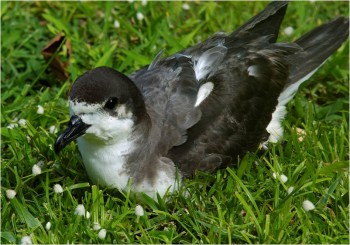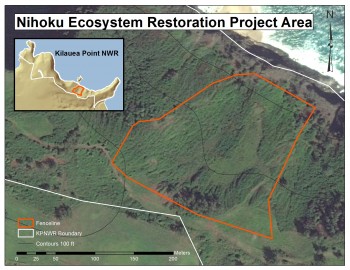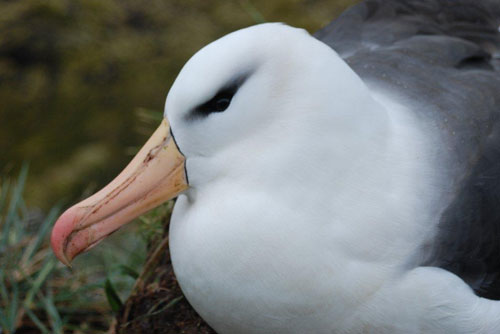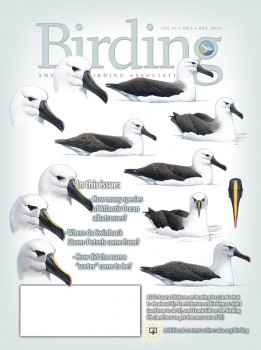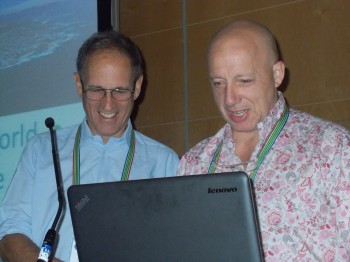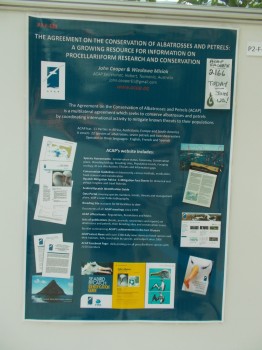The 11th Annual Scientific Committee Meeting of the South East Atlantic Fisheries Organisation (SEAFO) was held from 30 September to 09 October in Windhoek, Namibia.
The Agreement attended a SEAFO meeting for the first time, represented by Anton Wolfaardt, Convenor of ACAP’s Seabird Bycatch Working Group (click here).
Although the level of fishing effort within the SEAFO Convention Area is currently relatively low, the area is known to be important for a number of ACAP species. In 2012 SEAFO adopted Conservation Measure 25/12 On Reducing Incidental By-catch of Seabirds in the SEAFO Convention Area which replaced a similar CM 15/09, which itself replaced a 2006 measure (click here). CM 25/12 has been informed by ACAP best-practice advice, and applies both to demersal longline and trawl fishing.
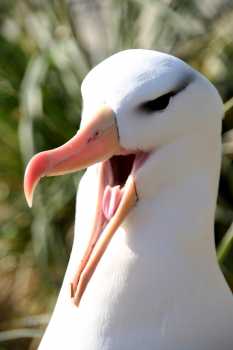
Black-browed Albatross, photograph by Oli Yates
The meeting considered a report regarding exploratory bottom fishing by Japan in 2014 in the area of the Discovery Seamount, during which three seabirds were incidentally caught, one Black-browed Albatross Thalassarche melanophris and two Great Shearwaters Puffinus gravis. Following requirements in CM 25/12 the vessel was required to revert to fishing at night following capture of the third seabird, after which no more seabirds were reorted caught.
The SEAFO Scientific Committee noted that it would be useful for SEAFO and ACAP to develop a closer working relationship on issues of seabird bycatch and conservation, and recommended that the two Secretariats investigate how best to achieve this.
Click here for the meeting's official report.
Anton Wolfaardt, Convenor, ACAP Seabird Bycatch Working Group, 04 November 2015

 English
English  Français
Français  Español
Español 